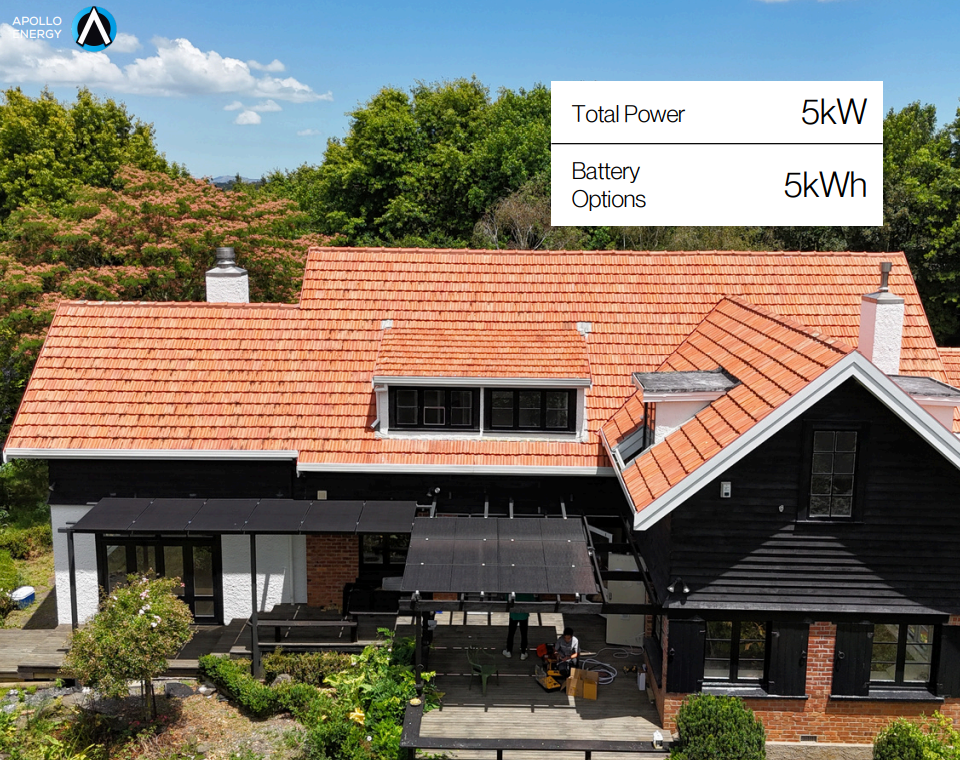Is Your Solar Power System Working Properly? Common Issues in New Zealand’s Solar Market
- HornTech NZ
- Nov 6
- 4 min read
New Zealand’s solar market has expanded rapidly in recent years. Thousands of households and businesses are turning to solar power systems — from small home solar power systems to large-scale commercial solar systems — to reduce electricity bills and embrace cleaner, sustainable living.

But through direct feedback from customers of other companies and numerous on-site inspections, we’ve uncovered a concerning pattern: underperforming systems, inverter power limits, uncertified products, poor design, and missing after-sales support.
These aren’t isolated incidents — they point to deeper problems in how both home and commercial solar panels are being sold and installed. To protect consumers and ensure sustainable growth, it’s time to confront these issues openly.
What We’re Seeing from Real Customers
1. Misleading System Sizes and Underperformance
Many homeowners told us they purchased a “10 kW solar system + 10 kWh battery” — yet their actual power generation was far below expectations.
Inspections revealed that:
Inverters were intentionally limited to 5 kW output, or
Grid approval only allowed 5 kW of export capacity.
On paper it’s 10 kW; in reality, it performs like half that — doubling the payback period and cutting real savings.
This is true for both solar systems for home and commercial solar systems, especially when grid approvals and inverter capacities are mismatched.
2. Uncertified Equipment and the “Cheap Package” Trap
Some installers lure customers with all-inclusive low prices, only to use components that don’t meet AS/NZS certification standards or appear on power company approval lists.
Common red flags include:
Missing AS/NZS 4777 or 5033 safety certifications
Models not approved by local utilities
Low-cost, low-efficiency components with high failure rates
No valid warranty or after-sales service
Customers often experience normal operation at first — until months later, when inverters start to fail or drop offline. The cause: uncertified or incompatible devices.
A lower upfront price can easily become a long-term liability for both home solar power system owners and commercial solar NZ clients.
3. Unprofessional Solar Power System Design: Wasted Roof Potential
System performance problems often start at the design stage.
We’ve seen systems where:
The designer never analyzed actual energy use, roof orientation, or shading
The inverter runs constantly at full load, overheating and losing efficiency
The system was intentionally undersized — a “safe” but wasteful choice
A solar power system is not a “standard package” — it’s an engineered solution that must be custom-matched to your site. Whether for a solar system for house or a commercial solar installation, proper design determines your real-world results.
4. The “False Normal” Problem — When Panels Don’t Actually Work
Some systems look fine: the inverter lights are on, the app shows “normal operation.” But generation remains far below expected levels.
Why? Because some installers, after wiring or design mistakes, disconnect parts of the solar array to hide issues or prevent overload. Others use incorrect string configurations to save time and cable — reducing inverter efficiency and lifespan.
So while customers believe they have a 10 kW home solar power system, only 6 kW might actually be producing power.
5. Hidden Installation Faults That Appear Later
We’ve also found major issues in installation quality, including:
Roof leaks due to poorly sealed penetrations
Incorrect mounting angles causing water pooling or loose brackets
Uncertified connectors and cables creating fire or safety risks
These problems may take months or years to show up — but when they do, repairs are expensive and responsibility is often denied.
6. Unqualified Installers and Vague Contracts
Some small contractors lack registered electrician licenses.
Their contracts often fail to specify system size, component brands, or warranty terms — just vague wording like “approx. 10 kW system.” When problems arise, customers have little to stand on legally.
Whether installing a solar system for house or a commercial solar system, always confirm the installer’s qualifications and experience.
The Consequences
Lower-than-expected power generation and slower ROI
Frequent faults and higher maintenance costs
Poor warranty support and accountability gaps
Declining consumer trust and industry reputation damage
How to Avoid These Pitfalls: A Practical Checklist
Check Equipment Certification
Verify that panels, inverters, and batteries are AS/NZS-compliant and listed on your power company’s approved equipment list.
Request a Full Design Report
Insist on a detailed plan showing panel layout, inverter model, shading analysis, and generation simulation — for any home solar power system or commercial solar system.
Verify Contract Details
Ensure the contract clearly lists system capacity, export limit, brands, warranty length, and service scope.
Confirm Installer Credentials
Choose companies certified by SEANZ or WorkSafe, and ensure installation is performed by a registered electrician.
Monitor Your System
Request access to the monitoring platform. Regularly check your generation data and raise questions if output seems unusually low — especially for commercial solar panels with higher production expectations.
Be Smart About Pricing
Extremely low prices often signal cut corners, uncertified equipment, or no real warranty support. Don’t let “cheap” cost you more in the long run.
Conclusion: Bringing Professionalism Back to Solar
Real customer feedback and field inspections have made one thing clear — parts of New Zealand’s solar market are plagued by false system configurations, uncertified devices, poor design, and deceptive pricing.
A solar power system is a long-term investment, not a short-term purchase. True value comes from:
Certified products
Professional engineering
Reliable after-sales support
Installing solar isn’t about who’s cheapest—it’s about who’s most professional, reliable, and responsible.
At Apollo Energy, we follow strict design and installation standards. Every home solar power system and commercial solar system undergoes site assessment, structural analysis, and generation simulation before installation. We also publish real-world performance data so homeowners and businesses can understand what “normal” looks like—and detect problems early. If you suspect that your system's power generation is lower than expected or want to confirm whether it’s operating properly, please feel free to contact us for testing and analysis.




Comments